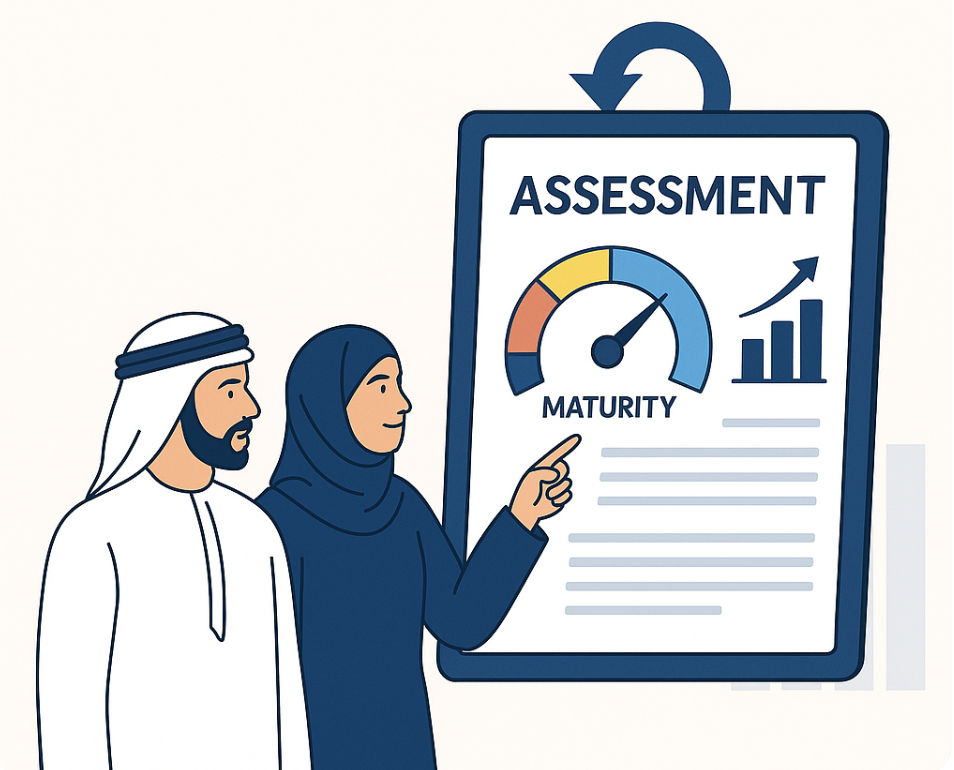In many companies, software development is at the heart of business success and the need for rapid, efficient, and effective project delivery is paramount. Decision-makers grappling with sluggish software development cycles or pondering over an Agile transformation will find a robust solution in Agile frameworks such as Scrum. This blog will explore how Scrum not only accelerates software delivery but also ensures that the end product aligns seamlessly with market demands and user needs, ultimately driving cost savings and boosting revenue generation. Download the English version of the 2020 Scrum Guide here.
The Power of Scrum in Accelerating Software Delivery
Scrum, a framework within the Agile portfolio of frameworks, is designed to break down complex software projects into manageable chunks, known as 'Sprints'. Each Sprint, typically spanning one to four weeks, focuses on delivering value by producing a Product Increment at least once per sprint. In more mature organisations, the use of CI/CD (Continuous Integration and Continuous Deployment can see releases daily, hourly or even less (every 11 seconds for Amazon). This iterative approach brings several advantages to the table.
1. Enhanced Focus and Clarity: Scrum's Sprint-based structure compels teams to concentrate on specific features or functionalities, ensuring a clear focus. This concentrated effort means that teams are not spread thin over a multitude of tasks, leading to faster development and delivery of key software components.
2. Regular Feedback Loops: One of Scrum's core tenets is its emphasis on regular feedback, both from within the team and from key stakeholders. This ongoing input allows for swift adjustments, ensuring the software evolves in direct response to user needs and market demands. It's not about developing software in a vacuum; it's about creating a product that resonates with the end-user, thereby reducing the risk of market failure.
3. Early and Continuous Delivery: With Scrum, software is developed and delivered in increments, ensuring that you see results quickly. This early and continuous delivery mechanism is pivotal, especially in a market where being first can often mean the difference between leading the pack and playing catch-up.
Cost Savings and Faster Revenue Generation: The Financial Upside
1. Reducing Time-to-Market: The agility afforded by Scrum means that software products reach the market faster. This rapid time-to-market is not just a logistical advantage; it's a competitive edge. In a digital economy where consumer preferences shift rapidly, the ability to launch products swiftly can capture market share and open up revenue streams much sooner than traditional development methods.
2. Learning Fast, Adapting Quickly: The iterative nature of Scrum allows businesses to learn quickly if a product is off the mark. This learning is invaluable. It prevents prolonged investment in a product that doesn't meet market needs, thereby saving costs associated with unproductive development. Conversely, it enables swift pivoting to align with user requirements, ensuring that the investment in development is always on target.
3. Enhanced Product Quality: Scrum's focus on continuous improvement and regular feedback leads to higher quality software. Quality products require less rework, reducing long-term maintenance costs. Moreover, high-quality software enhances user satisfaction, leading to better customer retention and a stronger market presence.
Conclusion: Embrace Scrum for Swift and Effective Software Delivery
In conclusion, Scrum is more than just an Agile software development framework; it's a strategic tool that empowers businesses to deliver software rapidly, in line with market and user needs. By adopting Scrum, organisations can not only see quicker returns on their investment but also enjoy significant cost savings through efficient, targeted development. For decision-makers aiming to elevate their software delivery processes, Scrum is not just an option; it's the way forward in today's digital-first business environment.
To Download the Scrum Guide in 30 other languages, click here.
Contact us today to see how you can adopt Scrum within your organisation and drive tangible results from your software projects.




